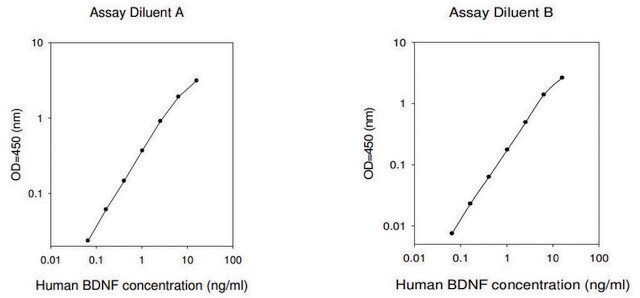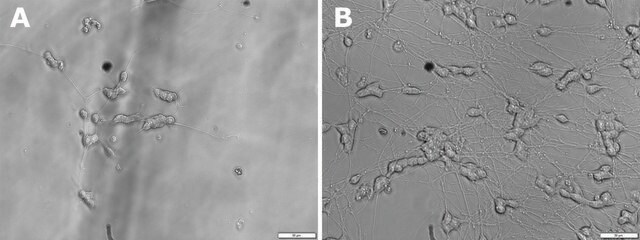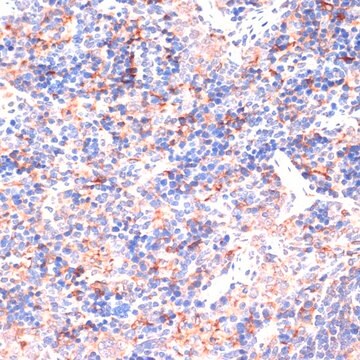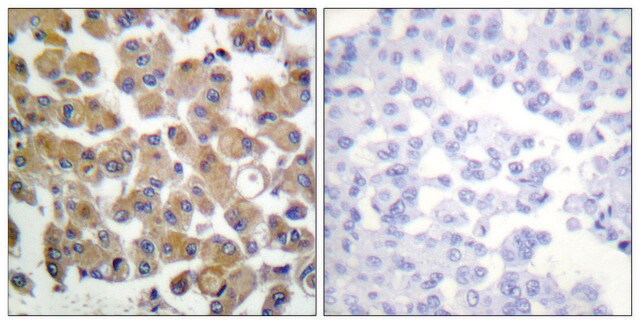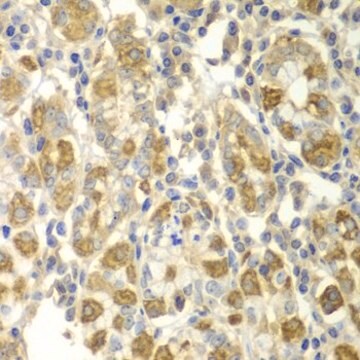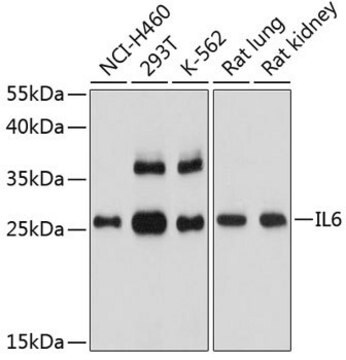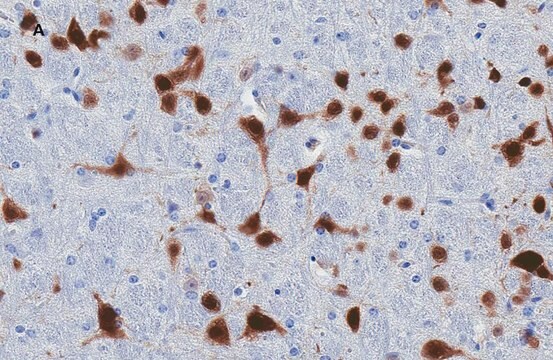CYT306
Rat/Human Brain Derived Neurotrophic Factor ELISA Kit
measures and quantifies BDNF levels in serum, plasma, cell culture supernatent or tissue homogenate
Synonym(s):
BDNF, Brain Derived Neurotrophic Factor
About This Item
Recommended Products
product name
ChemiKine Brain Derived Neurotrophic Factor, Sandwich ELISA, This ChemiKine Brain Derived Neurotrophic Factor, Sandwich ELISA is used to measure & quantify BDNF levels in Neuroscience research.
Quality Level
species reactivity
human, rat
manufacturer/tradename
ChemiKine
Chemicon®
technique(s)
ELISA: suitable
NCBI accession no.
UniProt accession no.
application(s)
research use
detection method
colorimetric
shipped in
wet ice
Gene Information
human ... BDNF(627)
General description
Test Principle:
With the ChemiKine BDNF assay system, rabbit polyclonal antibodies generated against human BDNF are coated onto a microplate and are used to capture BDNF from a sample. BDNF specific, biotin conjugated, mouse monoclonal antibodies detect the captured BDNF. After addition of streptavidin-enzyme, substrate and stop solution the amount of BDNF is determined. The standard curve demonstrates a direct relationship between Optical Density (OD) and BDNF concentration: i.e., the higher the OD the higher the BDNF concentration in the sample.
Application:
ChemiKine BDNF kit is designed to measure the amount of BDNF in cell culture supernatants, tissue homogenates and biological fluid (serum, plasma, and serum-free) samples from human and rat. There are enough reagents included in this kit for two 96-well immuno-assay plates. Running duplicate wells for samples and standards is recommended.
For Research Use Only. Not for use in diagnostic procedures.
Application
Neuroscience
Components
Wash Buffer Concentrate: (Part No. 60245) One 100 mL (10X) bottle of Concentrate.
Standard/Sample Diluent: (Part No. 60240) One 60 mL bottle (Ready to Use).
BDNF Standard (Recombinant Human): (Part No. 60237) Two vials (Lyophilized).
Biotinylated Mouse anti-Human BDNF Monoclonal Antibody: (Part No. 60583) One 25 μL vial.
Streptavidin-Enzyme conjugate: (Part No. 60582) One 50 mL vial of HRP conjugated Streptavidin.
TMB/E Solution: (Part No. 60096) Two 10 mL bottles of a Ready to Use solution of 3,3′,5,5′-tetramethylbenzidine in a proprietary buffer with enhancer.
Stop Solution (Part No. 60260): One 22 mL bottle of an HCl solution.
Storage and Stability
· Wash Buffer and Sample Buffer contain thimerosal. Thimerosal is highly toxic by inhalation, contact with skin or if swallowed. Thimerosal is a possible mutagen and should be handled accordingly.
· The instructions provided have been designed to optimize the kit′s performance. Deviation from the instructions may result in suboptimal performance of the kit and the failure to produce accurate data.
Legal Information
Disclaimer
Signal Word
Danger
Hazard Statements
Precautionary Statements
Hazard Classifications
Acute Tox. 4 Dermal - Acute Tox. 4 Inhalation - Acute Tox. 4 Oral - Aquatic Acute 1 - Aquatic Chronic 1 - Eye Dam. 1 - Met. Corr. 1 - Skin Corr. 1C - Skin Sens. 1
Storage Class Code
8A - Combustible corrosive hazardous materials
Certificates of Analysis (COA)
Search for Certificates of Analysis (COA) by entering the products Lot/Batch Number. Lot and Batch Numbers can be found on a product’s label following the words ‘Lot’ or ‘Batch’.
Already Own This Product?
Find documentation for the products that you have recently purchased in the Document Library.
Our team of scientists has experience in all areas of research including Life Science, Material Science, Chemical Synthesis, Chromatography, Analytical and many others.
Contact Technical Service